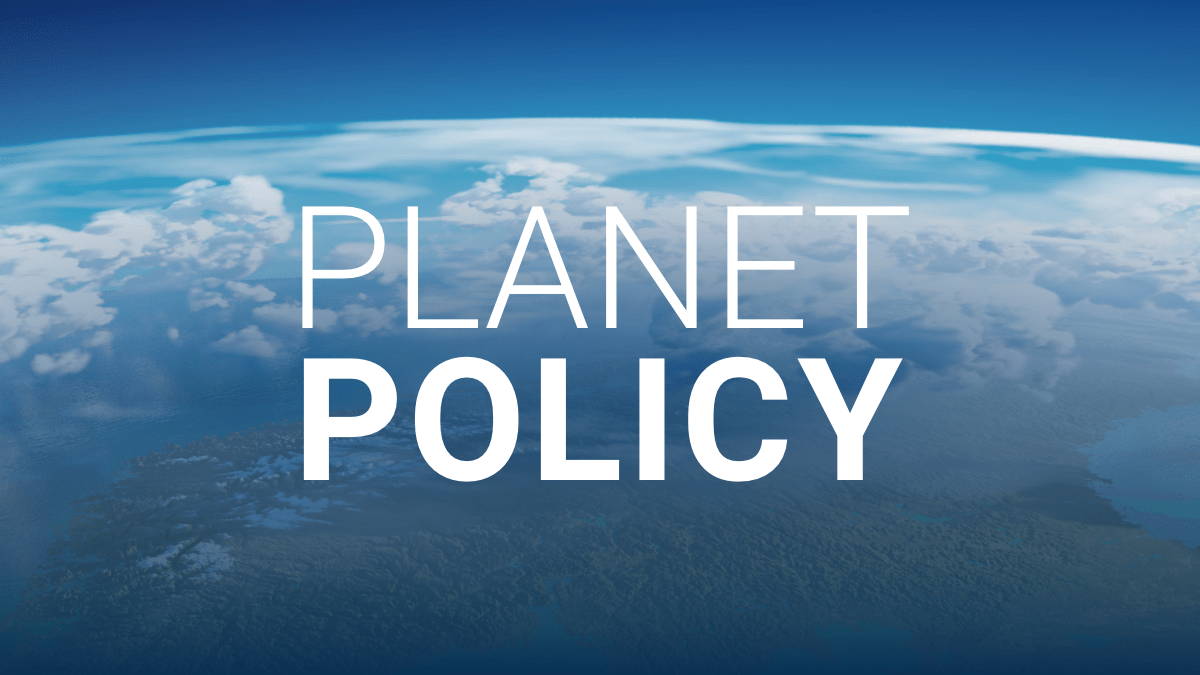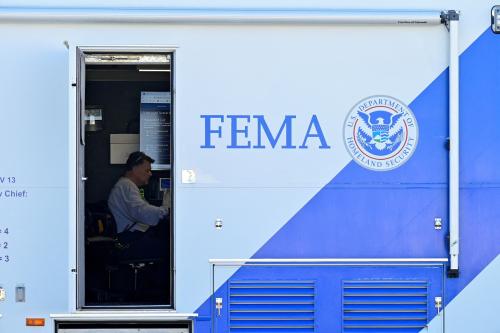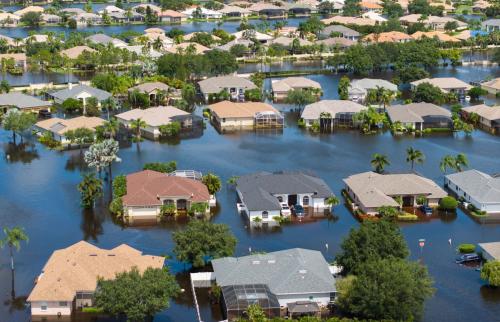In the summer of 1978, my grandfather George Washington Timmons, my cousin George, and I took the train from the Midwest across Canada and the ferry up the Pacific coast to Alaska. There we met up with my brother Steve, who was living in Anchorage. It was the trip of a lifetime: hiking, and fishing for grayling, salmon and halibut in Denali park, on the Kenai peninsula, Glacier Bay, and above the Arctic Circle in a frontier town called Fort Yukon, camping everywhere, and cooking on the back gate of my brother’s pickup truck.
That Gramps had a Teddy Roosevelt moustache and a gruff demeanor gave the adventure a “Rough Riders” flavor. Like Teddy, the almost-indomitable GWT had given me a view of how experiencing a majestic land was a crucial part of becoming a robust American man. When we got home, he was diagnosed with lung cancer and died just a few months later.
We project all kinds of cultural images and values on the green screen of the American landscape. Those endless late June sunsets in the Crazy Mountains and the sun on the ragged peaks of the Wrangell Mountains represent for me a sense of the vastness of the state of Alaska and the need to balance preservation there with the needs of its people for resources and income. Certainly there is enough space in Alaska to drill for oil and protect large swaths in wildlife refuges and national parks. As leaders of the Inupiat Eskimo corporation put it in a letter to Obama, “History has shown us that the responsible energy development, which is the lifeblood of our economy, can exist in tandem with and significantly enhance our traditional way of life.”
Unfortunately, this view is outdated: that was the case in Alaska, but there is a new, global problem that changes the calculus. As President Obama wraps up his historic visit to Alaska and meeting with the Arctic climate resilience summit (GLACIER Conference), he is walking a razor’s edge, delivering a delicately crafted missive for two audiences. Each view is coherent by itself, but together they create a contradictory message that reflects the cognitive dissonance of this administration on climate change.
Balancing a way of life with the future
For the majority of Alaska and for businesses and more conservative audiences, Obama is proclaiming that Alaskan resources are part of our energy future. With oil providing 90 percent of state government revenues, that’s the message many Alaskans most ardently want to hear.
For environmentalists and to the nations of the world, Obama is making another argument. His stops were chosen to provide compelling visual evidence now written across Alaska’s landscape that climate change is real, it is here, Alaskans are already suffering, and we must act aggressively to address it. “Climate change is no longer some far-off problem; it is happening here, it is happening now … We’re not acting fast enough.”
This is a razor’s edge to walk: the Obama administration is criticized by both sides for favoring the other. Those favoring development of “all of the above” energy sources say that Obama’s Clean Power Plan has restricted coal use in America and that future stages will make fossil fuel development even tougher in future years. These critics believe Obama is driving up energy costs and hurting America’s economic development, even as oil prices drop to their lowest prices in years.
“Climate hawks” on the other hand worry that we are already venturing into perilous territory in dumping gigatons of carbon dioxide and other gases causing the greenhouse effect into the atmosphere. The scientific consensus has shown for a decade that raising global concentrations of CO2 over 450 parts per million would send us over 3.6 degrees F of warming (2 degrees C) and into “dangerous climate change.” The arctic is warming twice as fast as this global average, and though we are still below 1.8 degrees F of warming, many systems may be reaching tipping points already.
Already melting permafrost in Alaska releases the potent greenhouse gas methane, and wreaks havoc for communities adapted to that cold. Foundations collapse and roads can sink and crumble. The melting of offshore ice makes coastal communities more vulnerable to coastal erosion, and allows sunbeams to warm the darker water below, leading to further warming.
The difficulty is that we have a limit to how much greenhouse gases we can pump into the atmosphere before we surpass the “carbon budget” and push the system over 3.6 degrees F. Which fossil reserves can be exploited and how much of which ones must be kept in the ground if we are to stay within that budget? Realistic and credible plans have to be advanced to limit extraction and combustion of fossil fuels until we have legitimate means of capturing and sequestering all that surplus carbon somewhere safe. It is a dubious and risky proposition to say that we can continue to expand production here in America, and that only other countries and regions should cap their extraction.
Obama got elected partly due to his not rejecting natural gas and even coal development. He kept quiet about climate change during his entire first term and he and Mitt Romney had a virtual compact of silence on the issue during the 2012 campaign. But in his second term, Obama has become a global leader on the issue, seeking to inspire other countries to make and keep commitments to sharply reduce emissions. This work has yielded fruit, with major joint announcements with China last November, with Mexico in March, and a series of other nations coming in with pledges. The administration has been seeking to push the pledging process to keep our global total emissions below 3.6 degrees F.
However a just-released UNEP report shows that all the pledges so far—representing 60 percent of all global emissions—add up to 4-8 gigatons of carbon reduction in what would have been emitted. That’s progress, but the report goes on to show that we are still 14 gigatons short of where we need to be to stay under 3.6 degrees F. Indeed, Climateactiontracker.org reports that we are still headed to 5.5 degrees F of warming (3.1 C) with these pledges, down from 7 degrees without the pledges.
Each on their climate change razor
This puts the administration and U.N. officials in the position of having to decide which message to put out there—the hopeful message that emissions are being reduced, or the more frustrating one that they are not being reduced nearly enough. Environmentalists are in a similar position with Obama in Alaska—do they criticize him for allowing Shell to drill in the Arctic, or praise him for being generally constructive in this year’s effort to reach a meaningful treaty in Paris in December? Is it possible to kiss Obama on one cheek while slapping him on the other?
This is the delicate political moment in which we find ourselves. Fossil fuel projects continue to be built that will lock us in to carbon emissions for decades to come. They will certainly push us over the “carbon budget” we know exists and beyond which human civilization may be untenable on this planet. But these projects are advanced by extremely strong economic actors with mighty lobbying and public relations machines, and flatly opposing them is likely to lead to one’s portrayal as a Luddite seeking to send humanity back to the stone age. Clean energy alternatives exist, and they are increasingly affordable and reliable. Logically, we need to be spending the remaining carbon budget to make the transition to a net zero emissions economy, not to continuing the wasteful one we have now.
Players on both sides of this debate will seek to deploy Alaska’s majestic landscape to win their case. I’m fairly sure on which side my grandfather George Washington Timmons would have stood: he was a building contractor and would sometimes estimate the number of 2x4s one could harvest from a giant tree. But he didn’t know about the global carbon budget—he loved his children and grandchildren, and I think he would have supported living within our means if he was fully aware of this problem. The original Rough Rider Teddy Roosevelt himself went from avid hunter to devoted conservationist as he learned of the damage over-cutting was causing American forests. As Obama said in Alaska, “Let’s be honest; there’s always been an argument against taking action … We don’t want our lifestyles disrupted. The irony, of course, is that few things will disrupt our lives as profoundly as climate change.”
That is the political razor’s edge the president—and all of us—have to walk today, as we make the inevitable transition away from fossil fuel development.
The Brookings Institution is committed to quality, independence, and impact.
We are supported by a diverse array of funders. In line with our values and policies, each Brookings publication represents the sole views of its author(s).




Commentary
Obama walking a razor’s edge in Alaska on climate change
September 1, 2015